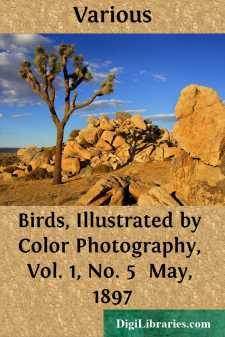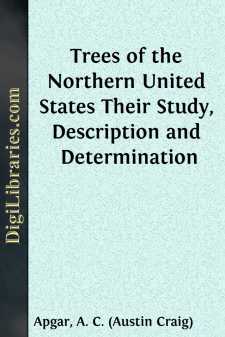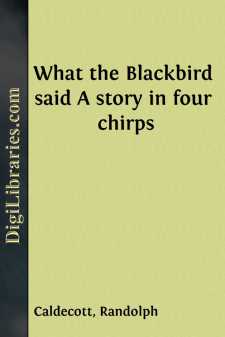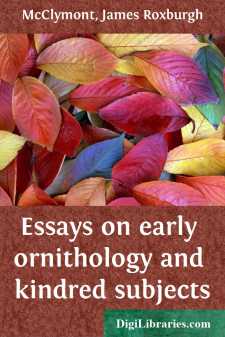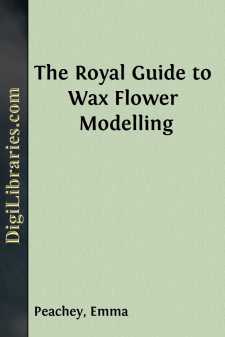Nature
Nature Books
Sort by:
by:
John Burroughs
In coming before the public with a newly made edition of my writings, what can I say to my reader at this stage of our acquaintance that will lead to a better understanding between us? Probably nothing. We understand each other very well already. I have offered myself as his guide to certain matters out of doors, and to a few matters indoor, and he has accepted me upon my own terms, and has, on the...
more...
by:
Arthur Phillip
ANECDOTES OF GOVERNOR PHILLIP. Arthur Phillip is one of those officers, who, like Drake, Dampier, and Cook, has raised himself by his merit and his services, to distinction and command. His father was Jacob Phillip, a native of Frankfort, in Germany, who having settled in England, maintained his family and educated his son by teaching the languages. His mother was Elizabeth Breach, who married for her...
more...
PREFACE. This little volume mainly consists of a reprint of a series of essays which appeared in the "American Naturalist" (Vols. i-v, 1867-71). It is hoped that their perusal may lead to a better acquaintance with the habits and forms of our more common insects. The introduction was written expressly for this book, as well as Chapter XIII, "Hints on the Ancestry of Insects." The...
more...
by:
Various
NESTING TIME. “There swims no goose so gray, but soon or late,She takes some honest gander for a mate;”There live no birds, however bright or plain,But rear a brood to take their place again.—C. C. M.QUITE the jolliest season of the year, with the birds, is when they begin to require a home, either as a shelter from the weather, a defence against their enemies, or a place to rear and protect...
more...
PREFACE. This book has been prepared with the idea that teachers generally would be glad to introduce into their classes work dealing with the real objects of nature, provided the work chosen were of a character that would admit of its being studied at all seasons and in all localities, and that the subject were one of general interest, and one that could be taught successfully by those who have had no...
more...
by:
Anonymous
The Swan. The Swan is a very beautiful bird. It is generally white, though a black swan has been discovered in Australia. It is not very often seen in this country. It was brought from Asia and Eastern Europe into England—from whence, most probably, a few specimens have been introduced into this country. The Swan is very graceful in the water, but on land it is an awkward waddler. The Coot is...
more...
CHIRP THE FIRST. The winter of 1878 was certainly an unusually dreary one, and so thought a remarkably fine young Blackbird, as he perched one morning on the bare bough of a spreading lime-tree, whose last brown leaf had fallen to the ground some weeks before. With the exception of the Scotch firs and other fortunate evergreens, there was nothing to be seen on all sides but leafless branches standing...
more...
by:
Adam White
MAN. In this collection, like Linnæus, we begin with man as undoubtedly an animal, as opposed to a vegetable or mineral. Like Professor Owen, we are inclined to fancy he is well entitled to separate rank from even the Linnæan order, Primates, and to have more systematic honour conferred on him than what Cuvier allowed him. That great French naturalist placed man in a section separate from his...
more...
Marco Polo, had he confined himself to a sober narration of his travels, would have left to posterity a valuable record of the political institutions and national customs of the peoples of his day in the Far East. He was not satisfied with doing this, but added to his narrative a number of on-dit more or less marvellous in character, which he collected from credulous or inventive persons with whom he...
more...
by:
Emma Peachey
PREFACE. The Editor of this work, by Her Majesty's Artiste, Mrs. Peachey, fairly entitled the Royal Guide to Wax Flower Modelling, would fain leave the introduction, written by the same hand which rivals nature in her varying adornments, to unfold its historic, its poetic, its moral, and its suggestive graces—for it combines these; but having accepted the part, without which, since the days of...
more...





